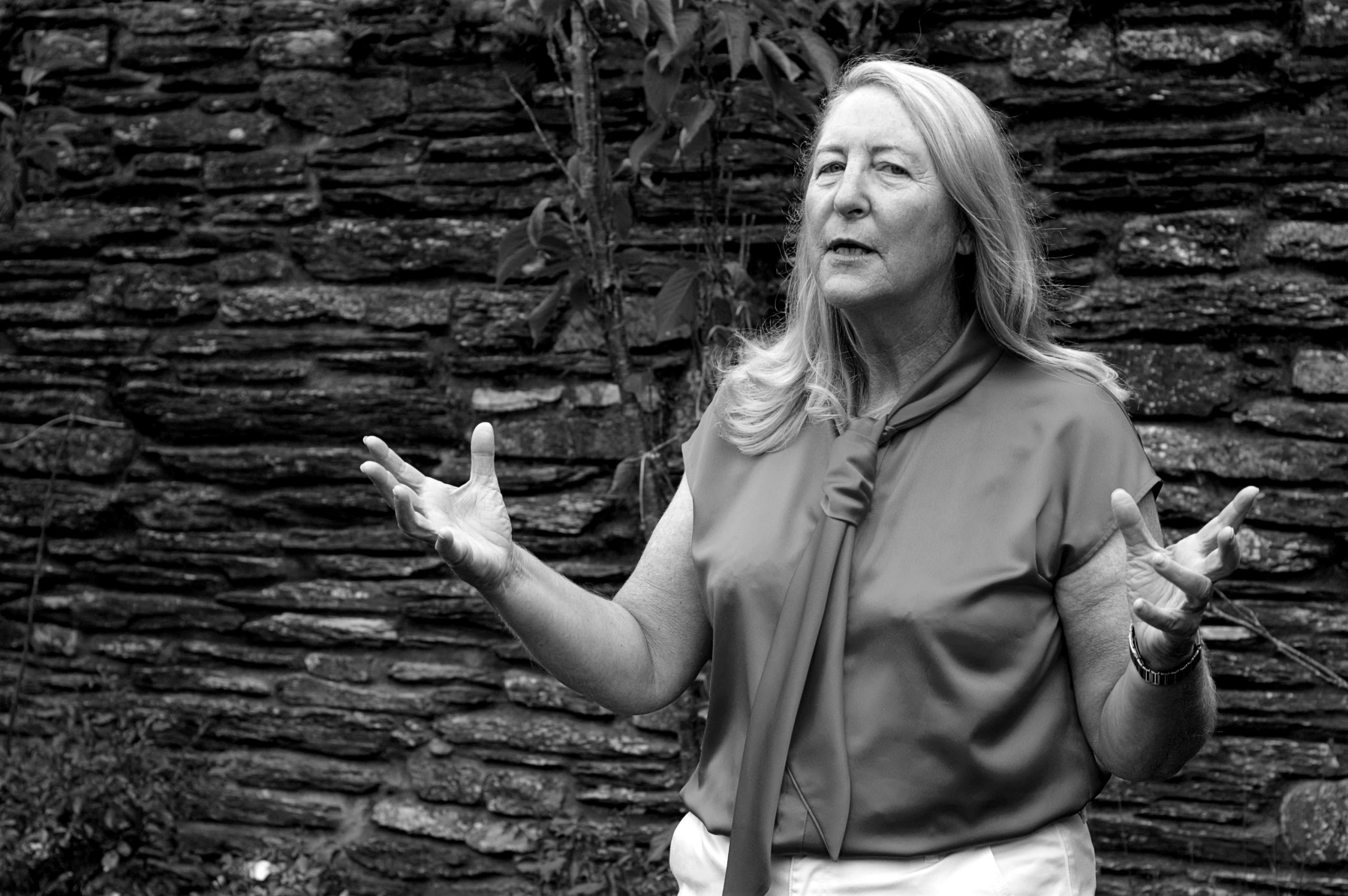I meet Marie Donnelly in Kinsale, Co Cork on a warm, pleasant day allowing late-season tourists to enjoy their lunch outside the town’s cafes and restaurants. There can be only two reasons for the clement weather: the Irish climate’s well-known ability to detect when children head back to school, and immediately turn up the thermostat; or the more sinister influence of global warming. It is to discuss the second option that I have come to meet the new chair of the state’s Climate Change Advisory Council in the seaside town, where she has been based since retiring from a three-decade…
Cancel at any time. Are you already a member? Log in here.
Want to read the full story?
Unlock this article – and everything else on The Currency – with an annual membership and receive a free Samsonite Upscape suitcase, retailing at €235, delivered to your door.

